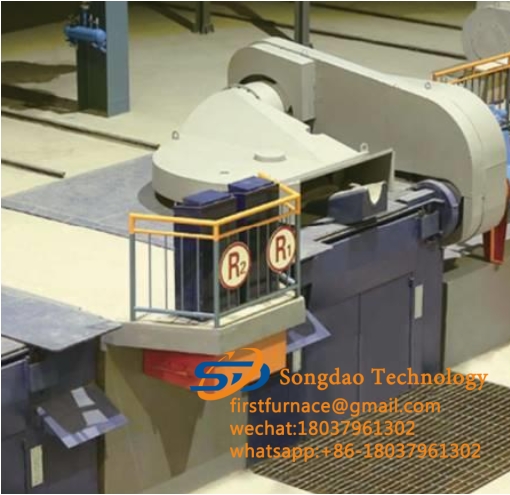- 10
- Aug
Treatment method of molten iron leakage accident in metal melting furnace
Treatment method of molten iron leakage accident in metallien sulatusuuni
Nestemäisen raudan vuotoonnettomuudet voivat helposti aiheuttaa laitevaurioita ja jopa vaarantaa ihmisiä. Siksi on välttämätöntä tehdä uunin huoltoa ja huoltoa mahdollisimman paljon nestemäisen raudan vuotoonnettomuuksien välttämiseksi.
When the alarm bell of the alarm device rings, immediately cut off the power supply and inspect the furnace body to check whether the molten iron leaks out. If there is any leakage, dump the furnace immediately and finish pouring the molten iron. If there is no leakage, check and deal with it in accordance with the leaking furnace alarm inspection procedure. If it is confirmed that the molten iron leaks from the furnace lining and touches the electrode to cause an alarm, the molten iron must be poured out, the furnace lining should be repaired, or the furnace should be rebuilt.
The molten iron is caused by the destruction of the furnace lining. The thinner the thickness of the furnace lining, the higher the electrical efficiency and the faster the melting rate. However, when the thickness of the furnace lining is less than 65 mm after wear, the entire thickness of the furnace lining is almost always a hard sintered layer and transition layer. There is no loose layer, and small cracks will occur when the lining is slightly subjected to rapid cooling and heating. The crack can penetrate the entire furnace lining and easily cause the molten iron to leak out.
For unreasonable furnace building, baking, sintering methods, or improper selection of furnace lining materials, furnace leakage will occur in the first few furnaces of melting.

